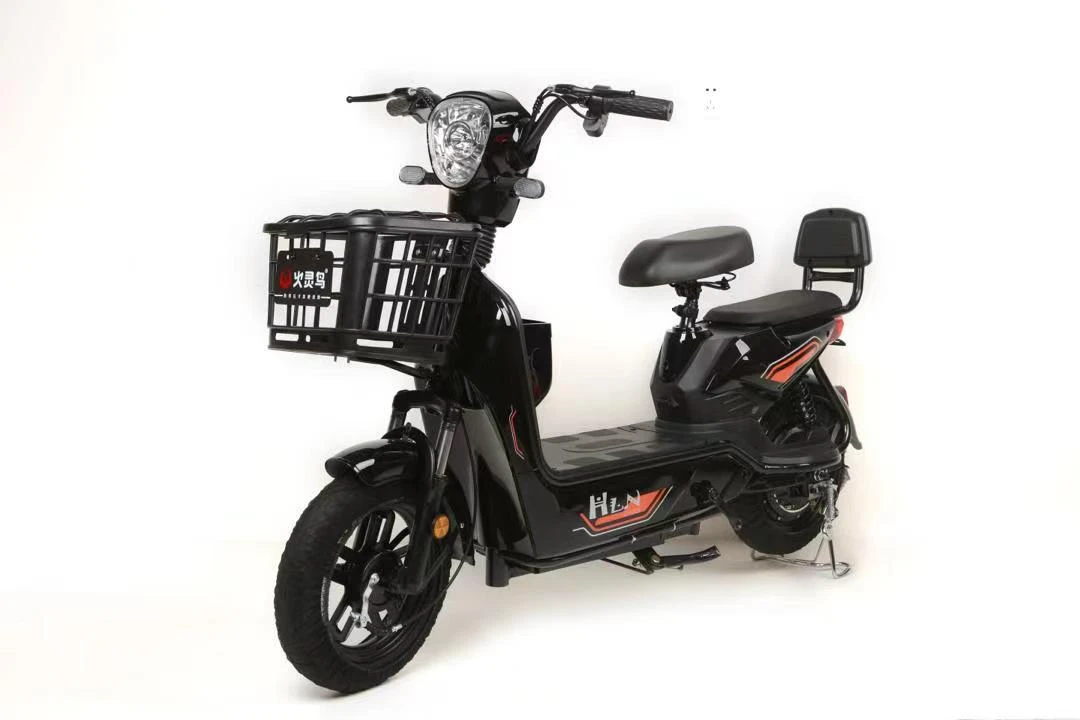
- Afrikaans
- Albanian
- Amharic
- Arabic
- Armenian
- Azerbaijani
- Basque
- Belarusian
- Bengali
- Bosnian
- Bulgarian
- Catalan
- Cebuano
- Corsican
- Croatian
- Czech
- Danish
- Dutch
- English
- Esperanto
- Estonian
- Finnish
- French
- Frisian
- Galician
- Georgian
- German
- Greek
- Gujarati
- Haitian Creole
- hausa
- hawaiian
- Hebrew
- Hindi
- Miao
- Hungarian
- Icelandic
- igbo
- Indonesian
- irish
- Italian
- Japanese
- Javanese
- Kannada
- kazakh
- Khmer
- Rwandese
- Korean
- Kurdish
- Kyrgyz
- Lao
- Latin
- Latvian
- Lithuanian
- Luxembourgish
- Macedonian
- Malgashi
- Malay
- Malayalam
- Maltese
- Maori
- Marathi
- Mongolian
- Myanmar
- Nepali
- Norwegian
- Norwegian
- Occitan
- Pashto
- Persian
- Polish
- Portuguese
- Punjabi
- Romanian
- Russian
- Samoan
- Scottish Gaelic
- Serbian
- Sesotho
- Shona
- Sindhi
- Sinhala
- Slovak
- Slovenian
- Somali
- Spanish
- Sundanese
- Swahili
- Swedish
- Tagalog
- Tajik
- Tamil
- Tatar
- Telugu
- Thai
- Turkish
- Turkmen
- Ukrainian
- Urdu
- Uighur
- Uzbek
- Vietnamese
- Welsh
- Bantu
- Yiddish
- Yoruba
- Zulu
Nov . 23, 2024 07:10 Back to list
how to tune a mountain bike derailleur
How to Tune a Mountain Bike Derailleur A Comprehensive Guide
Tuning a mountain bike derailleur is essential for ensuring smooth and precise shifting while riding. A well-adjusted derailleur enhances your overall biking experience, making it easier to navigate various terrains. Here’s a step-by-step guide to help you tune your mountain bike derailleur effectively.
Tools You’ll Need
Before you begin, gather the necessary tools - A Phillips or flat-head screwdriver - 5mm Allen wrench - Chain tool (if you need to adjust the chain length) - Bike stand (optional, but recommended)
Step 1 Inspect the Drivetrain
Before making any adjustments, inspect the entire drivetrain, including the chain, cassette, and derailleur. Look for any signs of wear or damage. Ensure your chain is properly lubricated and free of debris. A worn-out chain or cassette can adversely affect shifting, so be sure to replace them if necessary.
Step 2 Adjust the High and Low Limit Screws
To prevent the chain from overshooting the gears, adjust the high and low limit screws on the derailleur.
- High limit screw (H) This controls how far the derailleur can push the chain onto the smallest cog. Shift to the smallest front chainring and the smallest rear cog. Turn the H screw until the derailleur aligns perfectly with the smallest cog. - Low limit screw (L) This controls how far the derailleur can move toward the largest cog. Shift to the largest front chainring and the largest rear cog. Adjust the L screw until the derailleur aligns with the largest cog without overshooting.
Step 3 Adjust the Cable Tension
how to tune a mountain bike derailleur

Correct cable tension is crucial for accurate shifting. If your bike has a barrel adjuster, you can easily fine-tune the tension.
- If the chain doesn't shift up to a larger cog easily, increase the tension by turning the barrel adjuster clockwise. - If the chain frequently overshifts to the largest cog, decrease the tension by turning the barrel adjuster counterclockwise.
Step 4 Fine-Tuning the Derailleur
After adjusting the limit screws and cable tension, test the shifting across all gears. Shift through each combination of chainrings and cogs. If the shifting is not smooth, further adjustments may be necessary.
- Check for any binding or misalignment in the derailleur and adjust as needed. - Ensure that the chain moves smoothly across the cassette and that it doesn’t skip or hesitate.
Step 5 Test Ride
Once you’re satisfied with the adjustments, take your mountain bike for a test ride. Pay attention to how well the derailleur shifts under load. Don’t hesitate to return to your adjustments if you notice any lag or unusual noises while riding.
Conclusion
Tuning your mountain bike derailleur may seem daunting at first, but with patience and practice, you’ll master the process. Regular maintenance and tuning will extend the life of your drivetrain and enhance your biking experience. Happy riding!
-
The Ultimate Kids' Four-Wheeler Experience
NewsJul.09,2025
-
The Ultimate Guide to Mountain Bikes: Gear Up for Your Ride
NewsJul.09,2025
-
The New Age of Cycling: Electric Bikes for Every Rider
NewsJul.09,2025
-
The Best Kids Bicycles: Ride in Style and Safety
NewsJul.09,2025
-
The Best 3-Wheel Scooters for Kids: Fun, Safety, and Adventure
NewsJul.09,2025
-
Revolutionize Your Ride: Affordable Electric Bikes
NewsJul.09,2025
-
Finding the Perfect Mountain Bike for Every Rider
NewsJul.09,2025



